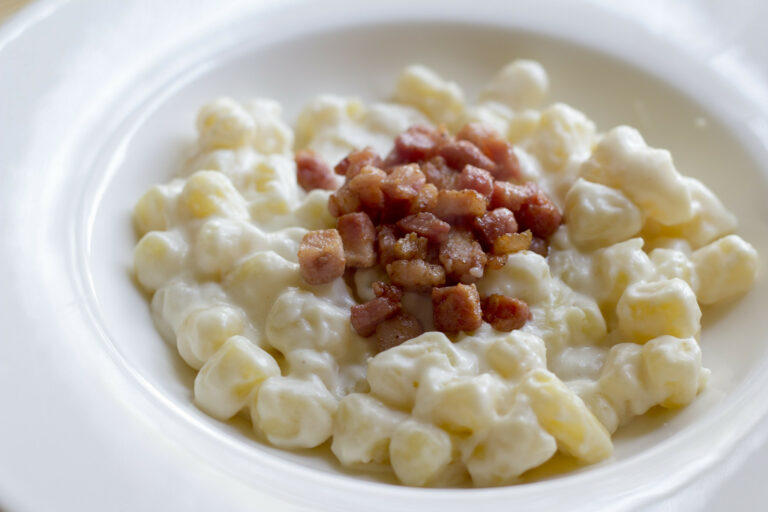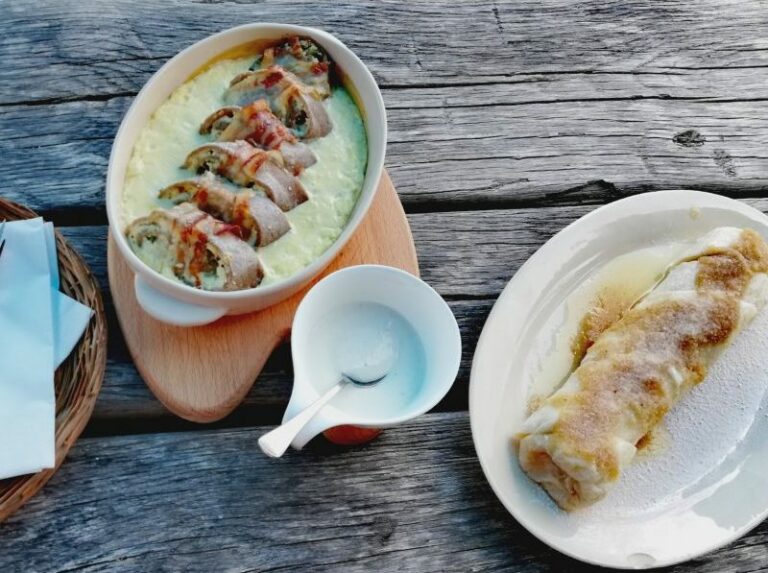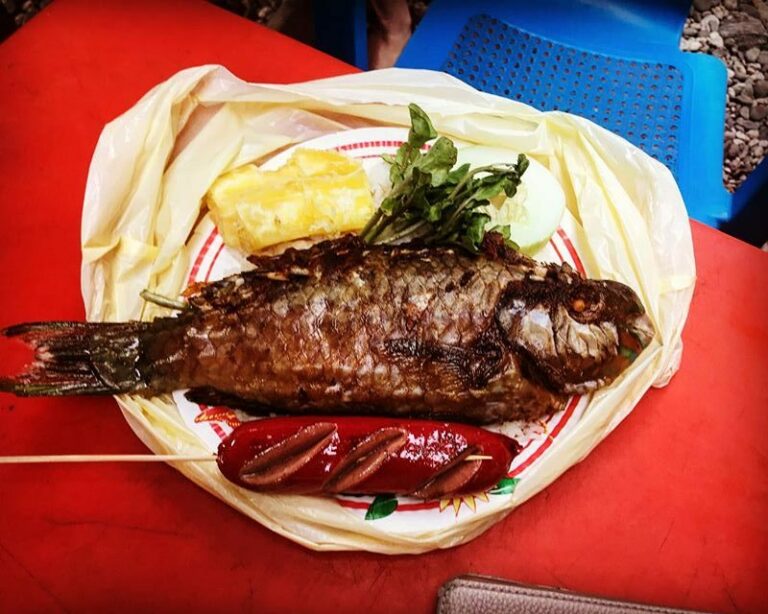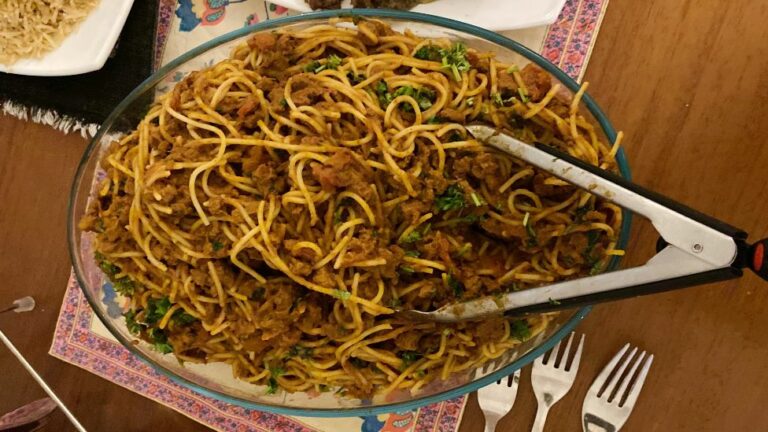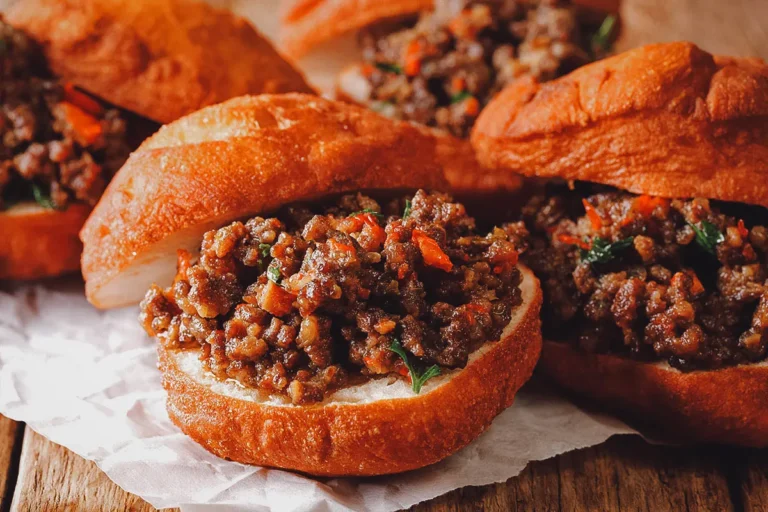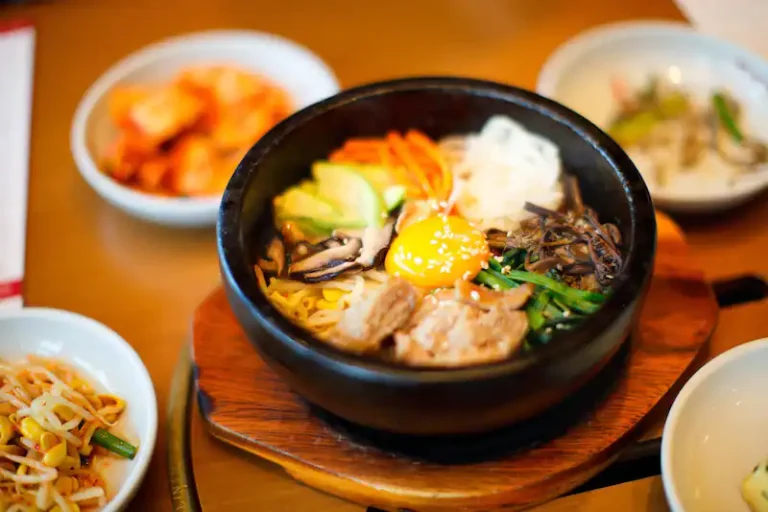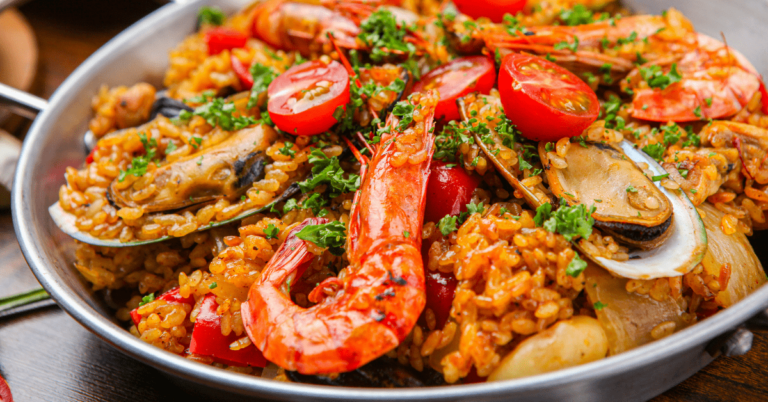Introduction: Slovak cuisine
Slovak cuisine is a unique blend of traditional Central European and Eastern European cuisines. The cuisine is influenced by the country’s geography, history, and climate. Slovakia is a landlocked country, with mountains, rivers, and forests, which have shaped the local cuisine over the centuries. The cuisine of Slovakia is known for its hearty and filling dishes, featuring meat, potatoes, and dairy products.
Cooking techniques in Slovak cuisine
Slovak cuisine uses a variety of cooking techniques, such as boiling, roasting, grilling, frying, and baking. The cooking techniques used in Slovakia are similar to those used in other Central and Eastern European countries. However, there are some unique cooking methods used in Slovak cuisine that are specific to the region. These cooking techniques are often used to preserve the flavors and nutrients of the ingredients.
Traditional Slovak cooking methods
One of the traditional Slovak cooking methods is smoking. Slovakia is known for its smoked meats, particularly bacon and sausages. The meat is smoked over wood chips or sawdust for several hours, giving it a distinctive smoky flavor. Another traditional cooking method is stewing, which is often used in the preparation of goulash and other stews. The meat is slow-cooked with vegetables and spices until it becomes tender and flavorful.
Unique ingredients in Slovak cuisine
Slovak cuisine uses a variety of unique ingredients, including bryndza, a tangy sheep’s milk cheese that is often used in traditional dishes such as bryndzové halušky (potato dumplings with bryndza cheese). Another unique ingredient is kapustnica, a sour cabbage soup that is a staple of Slovak Christmas Eve dinners. The soup is made with sauerkraut, smoked pork, and sour cream, giving it a tangy and creamy flavor.
Cooking tools and equipment used in Slovakia
The cooking tools and equipment used in Slovakia are similar to those used in other European countries. However, one of the unique cooking tools used in Slovakia is the haluškár, a type of potato ricer that is used to make traditional potato dumplings. The haluškár is a wooden tool with a hopper on top and a handle that is used to force the potato dough through small holes, creating long, thin dumplings.
Famous Slovak dishes and their cooking methods
Some of the famous Slovak dishes include bryndzové halušky, a dish of potato dumplings with bryndza cheese and bacon; kapustnica, a sour cabbage soup with smoked pork; and goulash, a stew of beef or pork with vegetables and spices. These dishes are often prepared using traditional cooking methods, such as stewing and smoking, which give the dishes their distinctive flavors. To prepare bryndzové halušky, for example, the potatoes are grated and mixed with flour and salt, formed into small dumplings, boiled, and then served with bryndza cheese and bacon.

